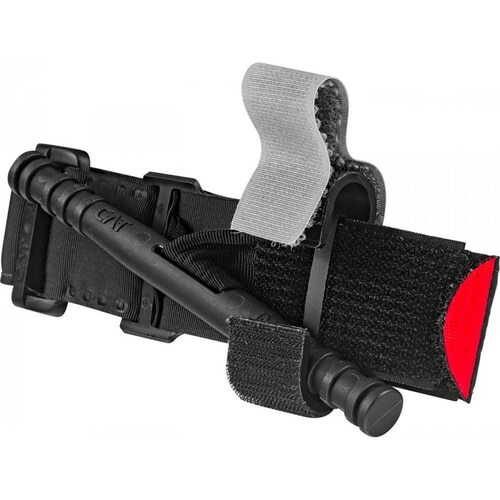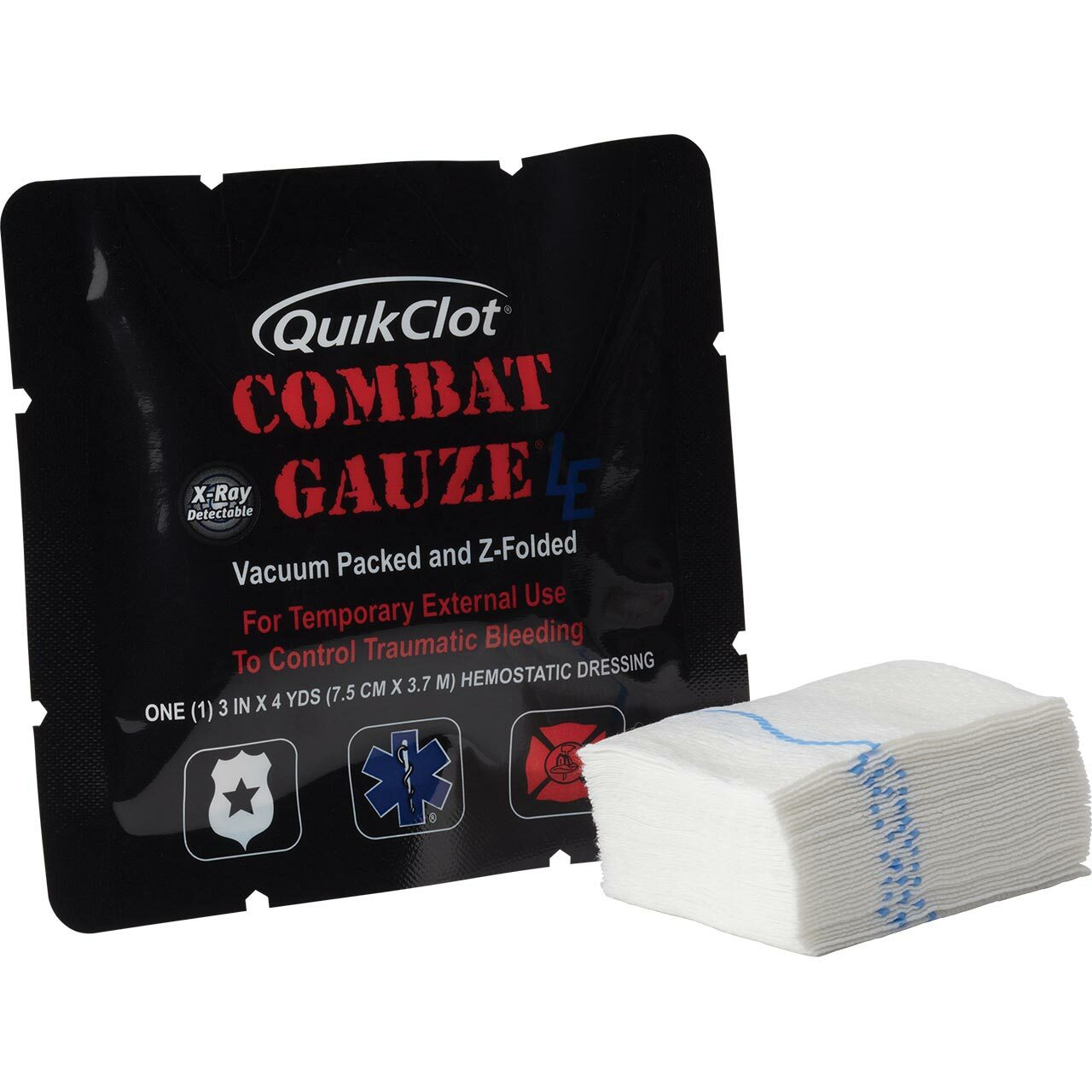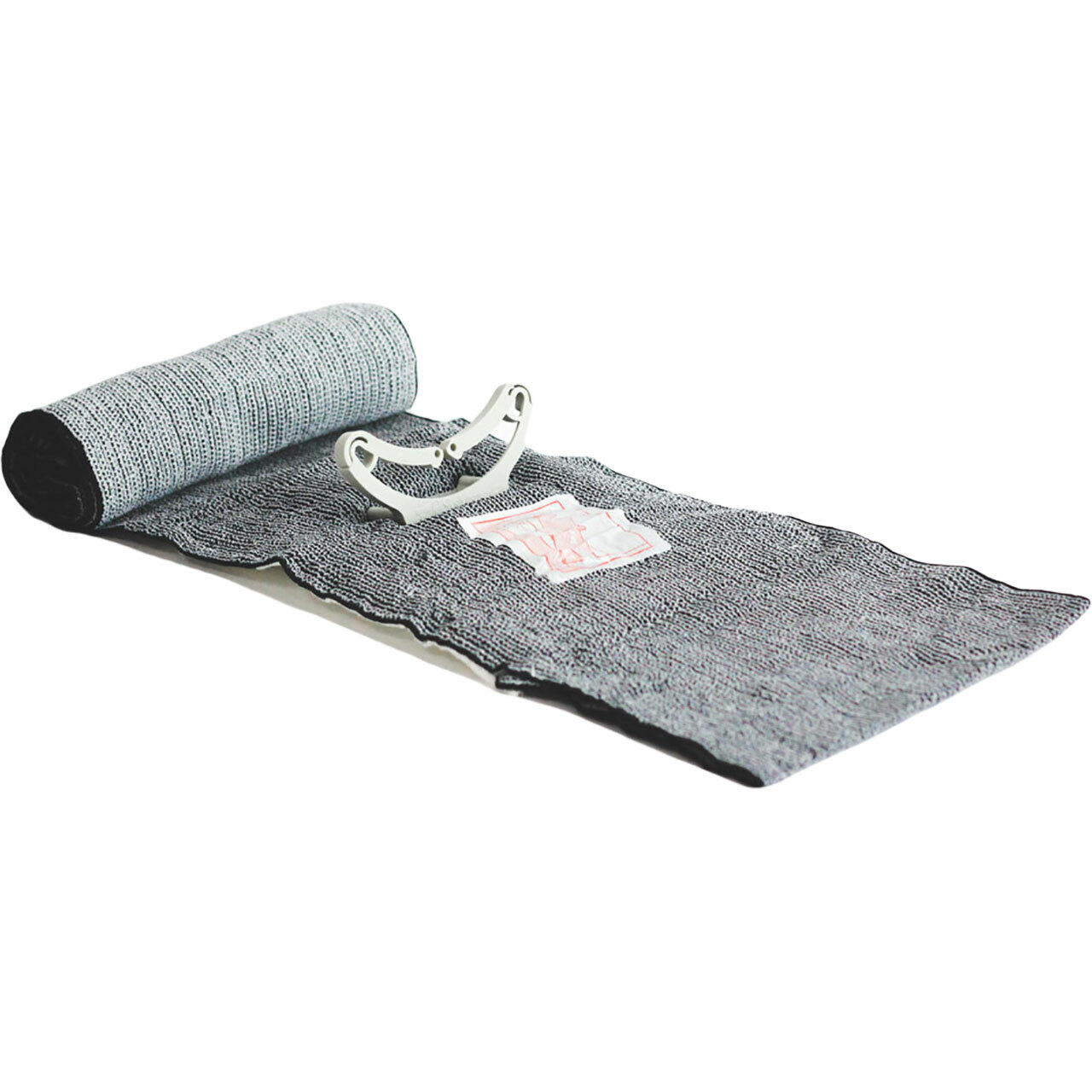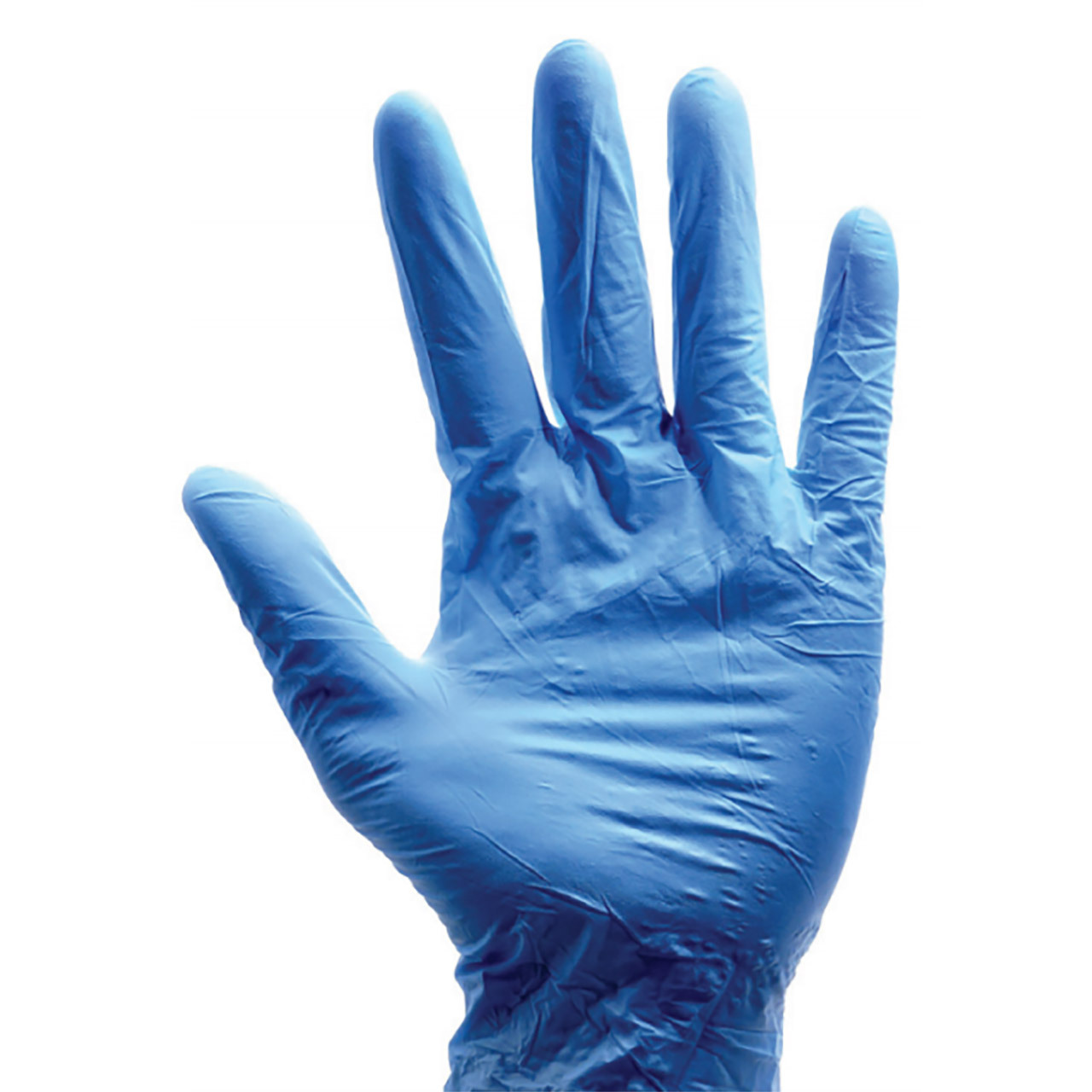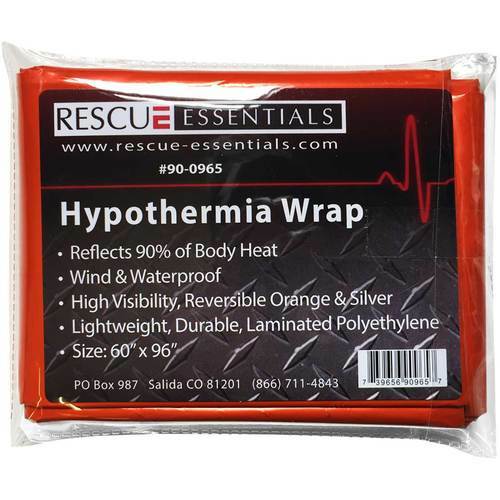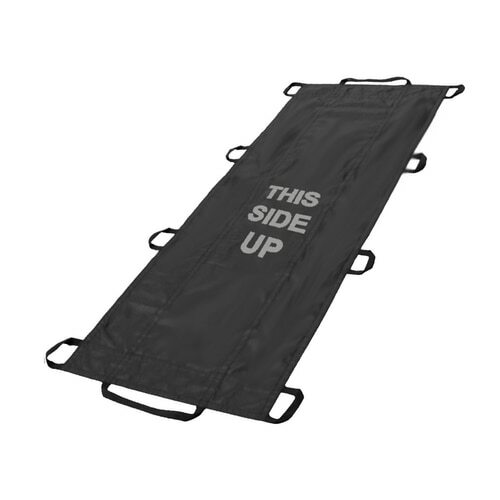What Goes in an IFAK?
What's an IFAK? (and why do you need one)
Individual first aid kits, sometimes called IFAKs, are equipped with supplies to treat a single person suffering from severe bleeding. The acronym “individual first aid kit” comes from military terminology for kits issued to soldiers in WWII.
What goes in an IFAK?
Choosing the contents of an IFAK depends on several factors—what is the level of training required, the willingness to learn and where will the kit be located? Regardless, every IFAKs should include some form of the following products:
1. Tourniquets: The single most critical piece of life-saving equipment in the event of penetrating trauma to an extremity, and probably the best investment in emergency medical gear for any trauma kit.
Selecting the best tourniquet for your needs can be confusing. Windlass style tourniquets such as the CAT (Combat Application Tourniquet) and the SOFTT-W are most popular in military and law enforcement, while products such as the SWAT-T may be more intuitive and faster to apply for untrained bystanders. Functionally, they all work to stem arterial bleeding from an extremity. Whichever you choose, it is recommended you become familiar with the tourniquet, practicing on others and yourself, before you need it.
CAT Tourniquet
SAM XT Tourniquet
SOF Tourniquet
SWAT-T Tourniquet
2. Wound Packing Gauze:Effective wound packing involves forcing gauze into the wound cavity and maintaining direct pressure until bleeding stops. There are two types of wound packing gauze, referred to as conventional and hemostatic.
Conventional gauze relies on physical pressure to constrict blood flow -- the more gauze that is packed into the wound, the less room for blood to flow out.
Hemostatic gauze is impregnated with a hemostatic agent which accelerates clotting and can reduce the amount of time direct pressure must be applied to an arterial bleed. The downside of hemostatic agents is the higher price and the expiration date (generally a five-year shelf life).
QuikClot Combat Gauze
3. Pressure Dressing and Bandages: Designed to be applied after the wound is packed with gauze. They work by further restricting blood flow from a penetrating wound by applying pressure over the injury and holding the wound packing gauze in place. The product choices range from an elastic bandage (think ACE wrap) to more sophisticated designs with military origins.
In a school situation, rolled bandages such as the NAR Responder, which has a hook-and-loop closure, or the NAR Control Wrap, which has a special feature to prevent the bandage from accidentally unrolling during application, are intuitive and proven.
Other designs, such as the Olaes Bandage, incorporate wound-packing material (gauze) along with a bandage for the ability to apply direct pressure to a wound site and to cover/protect the wound. The popular Israeli Bandage consolidates multiple first-aid devices -- primary dressing, pressure applicator, secondary dressing, and a foolproof closure apparatus to secure the bandage in place.
Israeli Emergency Bandage
4. Shears: In a high-stress emergency bleeding situation, shears are safer for the patient and make it much easier for the first responder to cut away clothing to obtain access to a wound.
EMT Trauma Shears
5. Nitrile Gloves: If you are in a situation where a trauma kit is needed, you will either be treating a patient, yourself, or someone else could be using it to treat you. In any instance, the first responder should take precautions to limit exposure to bloodborne pathogens. For the modest cost, several pairs of nitrile gloves are an excellent investment.
Nitrile Gloves
6. Rescue Blanket: Keeping a casualty warm will help delay the onset of shock, a common result following severe trauma. Hypothermic patients have a lower survival rate than normothermic patients, so maintaining body temperature at the time of injury is crucial.
Hypothermia Wrap
7. Casualty Extraction Litter: Getting the injured quickly and safely out of the hot (danger) zone and to a collection area is critical to improving medical outcomes. Lightweight, portable and inexpensive, disposable litters are usually constructed of nylon webbing backed with nylon or non-woven fabric. Patients can be carried by fewer people using these stretchers, which is safer for the patient and the responders.
Quiklitter
Placement of IFAKs
IFAKs are small enough to fit in a vehicle or carried by a person and should be easily on hand at home too. Other logical places might be a workshop, on a job site, in an AED box at work, or other places where the risk of penetrating injury of severe lacerations is possible.
Empowering with Equipment and Training
We recommend training for everyone on proper use and application for these tools. Most of these products come with instructions and are not difficult to use, but being familiar and trained to respond ahead of time is imperative. When stress levels are heightened and time is of the essence, muscle memory can empower the immediate responder to initiate action quickly and effectively. To view a list of tactical medical and stop the bleed trainers in your area, click here.
Contact Us
- 910-830-0286
- info@rescue-essentials.com
- www.rescue-essentials.com
